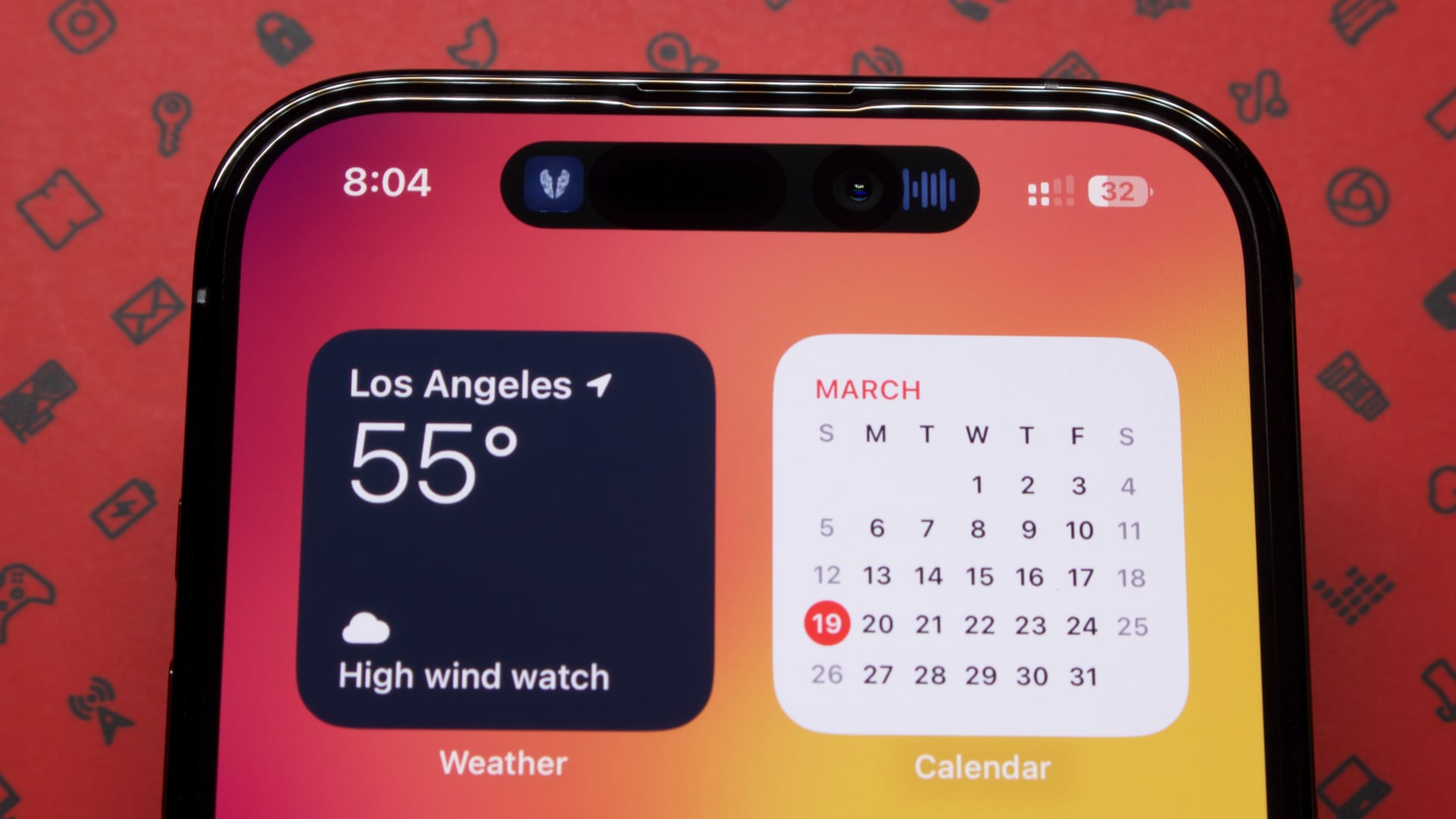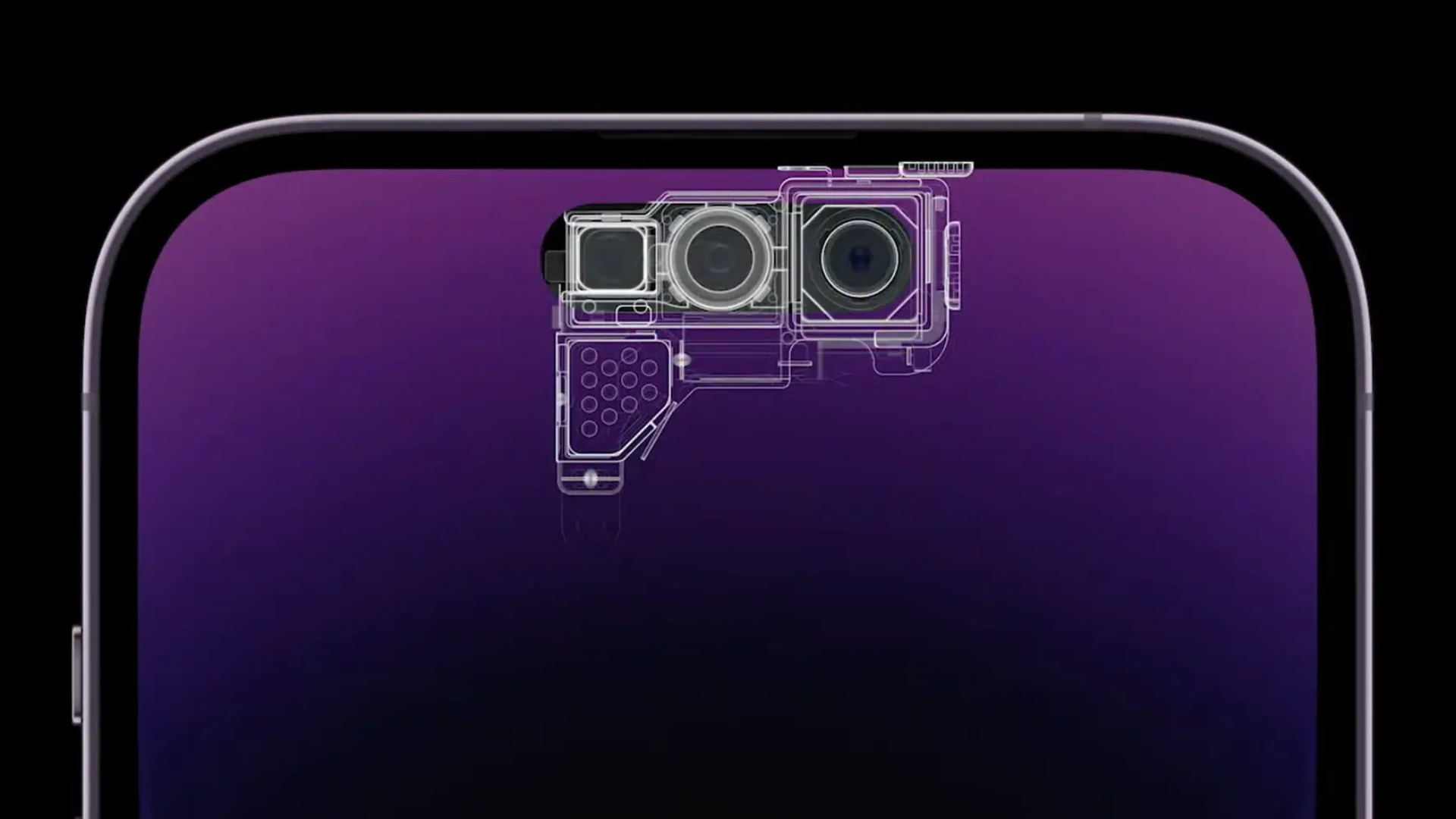Aside from manufacturing and cost-cutting purposes, fitting a proximity sensor within the Dynamic Island area on the iPhone 15 series could have other benefits.

- What’s happening? The iPhone 15 models should bring one additional component into the Dynamic Island area: a proximity sensor.
- Why care? Apple could see millions of dollars in additional profit as a result of this change, but users could also benefit from it in some ways.
- What to do? Check out Kuo’s Twitter for additional information.
iPhone 15’s Dynamic Island could house a proximity sensor

Apple analyst Ming-Chi Kuo, who predicted the move on Twitter, says the iPhone 15 and iPhone 15 Pro models will have a new proximity sensor in the Dynamic Island without necessarily making the whole area discernibly bigger.
“In the iPhone 15 series, the proximity sensor is situated within the Dynamic Island, with almost no change to the Dynamic Island area,” he tweeted. Kuo also claimed that Apple would replace Landmark as the exclusive supplier of epitaxial wafers destined for the new proximity sensor on the iPhone 15 models.
IQE將取代聯亞,成為iPhone 15系列的proximity sensor的磊晶晶圓 (epi wafer) 獨家供應商。所有iPhone 15機型雖均採用與iPhone 14 Pro機型相同的動態島設計,但差別在於iPhone 14 Pro將proximity sensor放置屏下/在動態島外,而iPhone 15系列則在動態島面積幾乎沒有變化下,將proximity…
— 郭明錤 (Ming-Chi Kuo) (@mingchikuo) March 24, 2023
The new sensor should emit a 940nm wavelength compared to 1380nm for the iPhone 14 Pros. The smaller wavelength could mean faster performance.
Kuo also made another prediction, calling for an AirPods Pro update this year featuring a USB-C charging case, with regular AirPods getting one in 2024.
How might this benefit Apple and its users?
Since we’re speculating, the rumored move could be related to freeing up space inside the next iPhone for the rumored periscope lens or the additional Taptic Engines for the rumored solid-state buttons. Another possibility we mentioned earlier: This could be a cut-costing move designed to improve Apple’s margins.
The new sensor is apparently part of the Singe Pearl Module, codename Sphinx, which refers to the Face ID sensor array, according to leaker Unknownz21.
Kuo learned about the alleged move from his deeply entrenched sources in Apple’s supply chains. Kuo is revered as the most reliable analyst who publishes information about upcoming Apple products, though his timeframes can be slightly off.
What’s within the Dynamic Island?
The Dynamic Island feature debuted on the iPhone 14 Pro and iPhone 14 Pro Max. Like the notch before, the Dynamic Island houses all the Face ID parts.

This includes an infrared transmitter, infrared receiver, infrared camera, dot projector and FaceTime camera. The speaker is embedded as a tiny slit in the top bezel, while the proximity sensor on the iPhone 14 Pros is located underneath the display, right below the Dynamic Island area.
What’s the proximity sensor? How does it work?
Your iPhone’s proximity sensor determines when the device is near objects, allowing the iOS software to shut down the screen when you’re holding the phone near your face. This helps with battery life and prevents spray input from your face while on the call. It also helps with optimizing the Always-On display feature.
A typical proximity sensor is designed to use infrared light invisible to the human eye to detect the presence of nearby objects without physical contact.
The iPhone’s proximity sensor is programmed to turn off the display and the touch module when the phone is within a predefined range of the human ear.